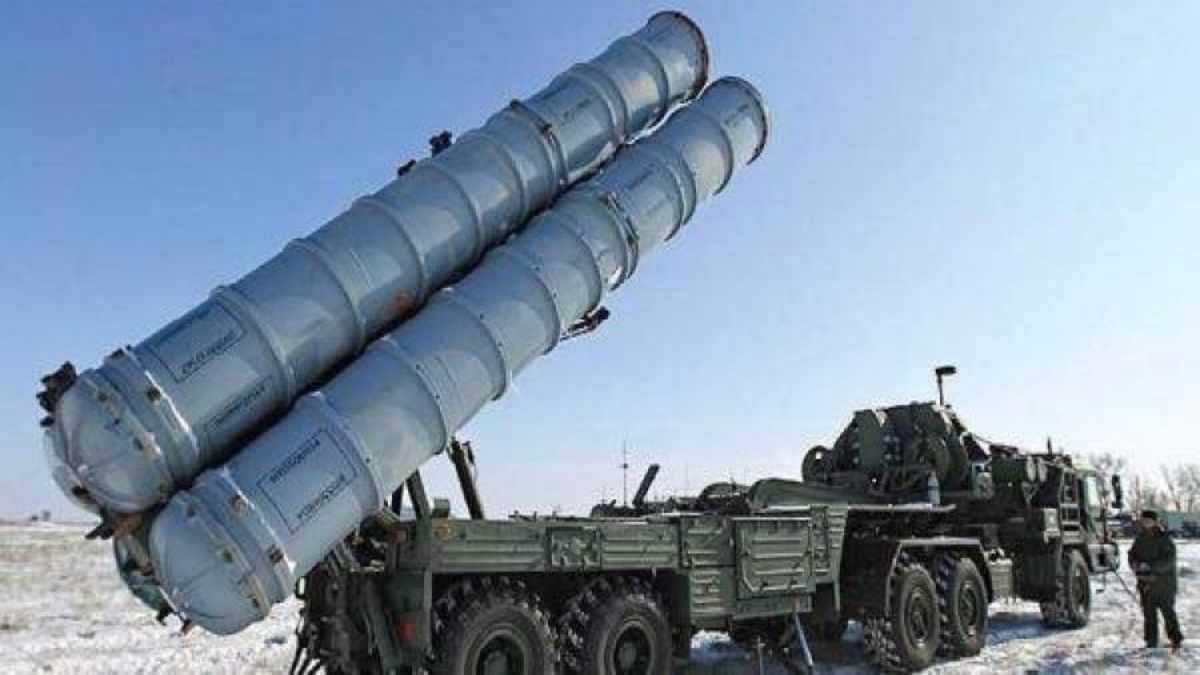


An independent and bipartisan US Congressional research organisation has prepared a report for US Congress members, stating that “India’s multi-billion dollar deal to purchase the Russian-made S-400 air defense system may trigger US sanctions on India under the Countering America’s Adversaries Through Sanctions Act”. Since there is a strong possibility of CAATSA being imposed on India if we go ahead with the S-400 deal with Russia, let’s take a look at what these sanctions are. Title II of CAATSA deals with “sanctions with respect to the Russian Federation and combating terrorism and illicit financing”. While targeting Russian interests in sectors such as crude oil, finance, gas, cyber security, defence, etc, Section 231 of Title II threatens “imposition of sanctions with respect to persons engaging in transactions with the intelligence or defense sectors of the Government of the Russian Federation”. Section 235 describes the sanctions that the US can impose which include, among other things, “export sanction” where permission will be denied to export any goods or technology to the sanctioned entity under “Arms Export Control Act” and the “Atomic Energy Act”. This directly affects the transfer of defence and nuclear technologies to the sanctioned entity. The sanctions also include: stopping international financial institutions from giving loans to the sanctioned person (entity); procurement sanction, by which the US government stops procuring goods or services from the sanctioned person; foreign exchange sanction, by which transactions in foreign exchange can be prohibited if the subject is in the jurisdiction of the United States; sanctioning banking transactions; sanctioning property transactions; a ban on investment in equity or debt, which results in prohibiting Americans from investing in or purchasing significant amounts of equity or debt instruments of the sanctioned person; also visa denial of certain “officers” of the sanctioned entities. In other words, CAATSA can throw a major spanner in India-US strategic and trade ties.
Now the obvious question: is the S-400 deal so important for India to risk such stringent sanctions? Also does S-400 really serve our security interests when our main enemy, China, is being sold the same system? If we are pinning our hopes on a US Presidential waiver, what if it does not come, especially since the whole deal is about Russia, which is an extremely unpopular subject in the US? Let’s not forget that even the President of the US needs the Congress to certify the waiving of sanctions. Donald Trump could not save Nato ally, Recep Tayyip Erdogan’s Turkey, which has now been sanctioned for its S-400 deal. What if the India-US burgeoning partnership is not enough to overcome the Russian hurdle? Hence, it’s definitely not prudent to plunge headlong into the deal, thus martyring ourselves at the altar of India-Russia friendship, in the gallant hope of propping up Russia’s defence industry.
A defence deal often has two sides to it—a purely commercial side, and sometimes a strategic side. The question that we need to ask is: what strategic purpose is S-400 serving us? None. If anything, it will serve China’s strategic purpose, by jeopardising the possibility of the Quad (quadrilateral grouping of US, India, Japan and Australia) developing into a formal security alliance, where an attack against one ally is an attack against all. Factor into this the matter of Russia-China bonhomie, the tiny little detail of Russia selling the S-400 to China as well, and the fact that our “good friend” Russia is very vocal against our involvement in the Quad—and the pertinent question that arises is: whose bidding is Russia doing? Certainly for India, fence sitting in the name of nonalignment—in current parlance, it is known as multipolarity—is not an option at a time when China is increasingly pushing the world towards a bipolar construct.
Let’s not be fooled into believing that Russia will not deliver the Chinese with the S-400 missile system. It has started doing so already and will continue with the process, notwithstanding news items planted in Indian media about Russia stopping the delivery of S-400 to China. Since, protecting our interests should be our goal, common sense says that we should keep our options open—think of other systems from not such a “toxic” source. We have come a long way from our nonalignment days when we had firmly ensconced ourselves in the Soviet camp, thus precluding all possibilities of technology transfer from the West. Just because Soviet Russia had transferred technology to us does not mean we have to be beholden to that fact even now. Pragmatism should decide policy, not legacy issues and loyalty to the past.